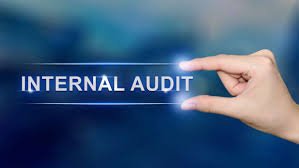Tips for Effective Internal Audit System

🔑 Tips for Effective Internal Audit System
-
Establish Clear Objectives
-
Define the purpose of the audit (compliance, efficiency, risk identification, or process improvement).
-
-
Develop a Comprehensive Audit Plan
-
Prepare a risk-based annual audit schedule covering all critical processes, departments, and systems.
-
-
Use Standardized Checklists & SOPs
-
Ensure consistency by using predefined audit checklists aligned with cGMP, ISO, and regulatory guidelines.
-
-
Ensure Auditor Independence & Competency
-
Select trained auditors who are impartial and have sufficient knowledge of the process being audited.
-
-
Engage with Stakeholders
-
Communicate audit scope, objectives, and timelines clearly with auditees to avoid surprises.
-
-
Focus on Risk & Compliance
-
Prioritize high-risk areas such as data integrity, documentation practices, deviations, and CAPA.
-
-
Evidence-Based Approach
-
Rely on documented records, observations, and data instead of assumptions.
-
-
Promote Open Communication
-
Encourage transparent discussions, focusing on improvement rather than blame.
-
-
Timely Reporting
-
Share clear, concise, and factual audit reports with management and relevant departments.
-
-
Effective CAPA Management
-
Track and verify closure of audit findings with robust corrective and preventive actions.
-
Continuous Improvement
-
Use audit results to identify trends, training needs, and opportunities for system enhancement.
-
Periodic Review of Audit System
-
Review and update the audit process itself to align with evolving regulatory expectations.
🎓 Discover one of the best Complete Pharmaceutical Quality Assurance Course available —click below to explore the course that’s shaping future in QA Course skills.

